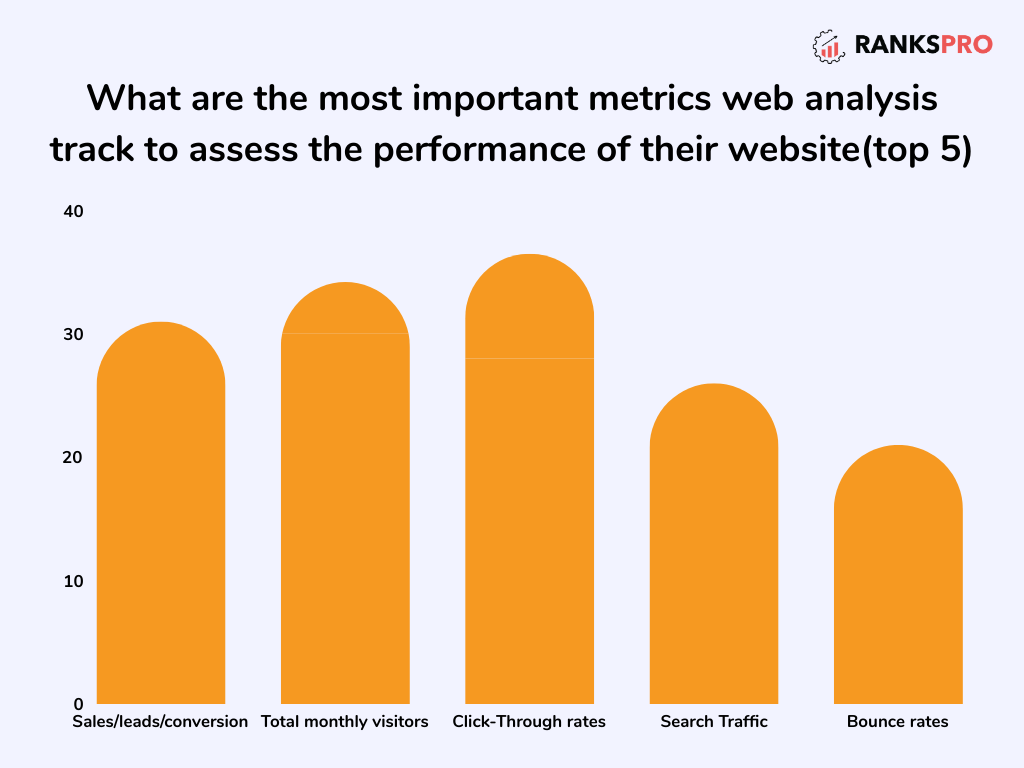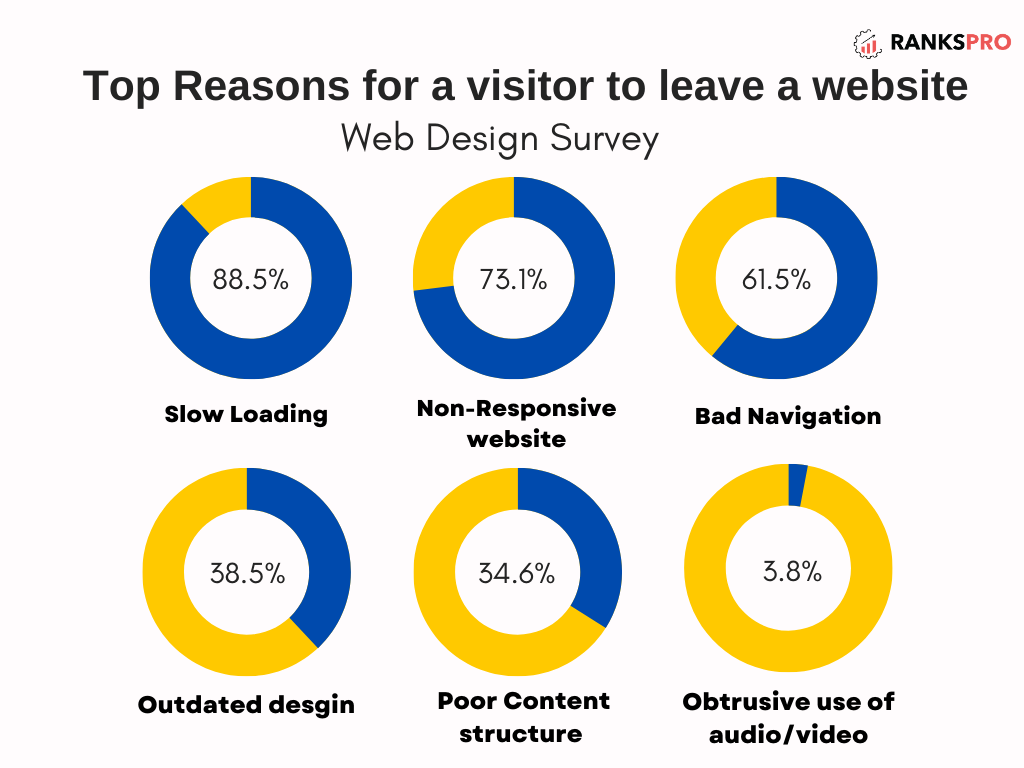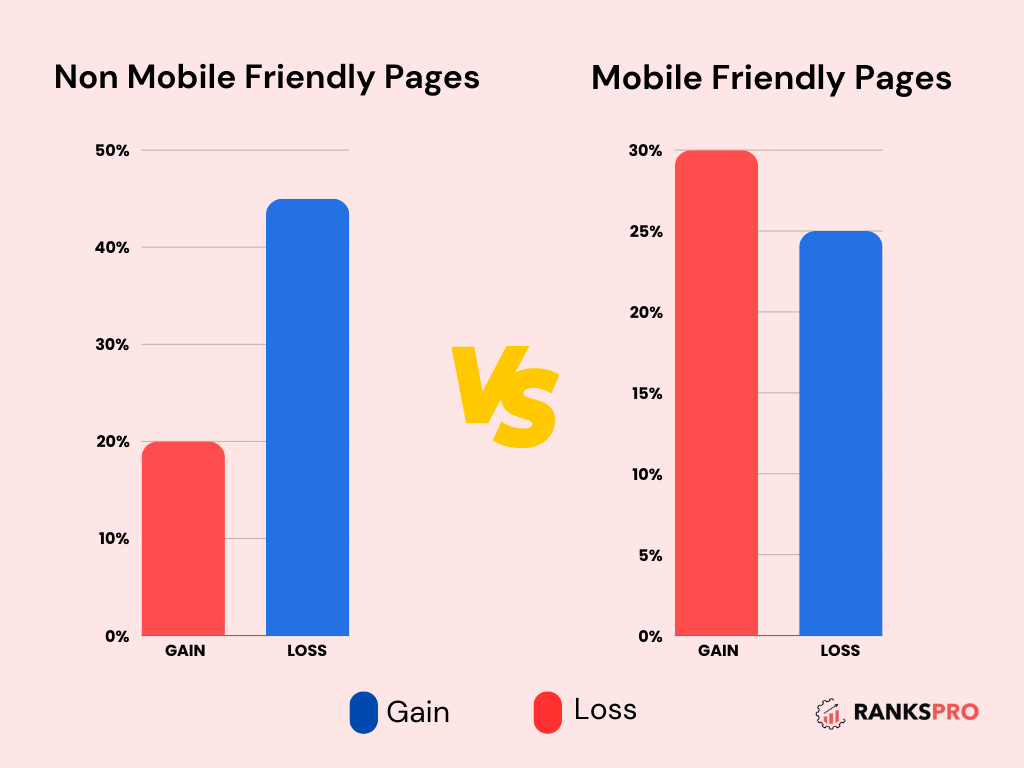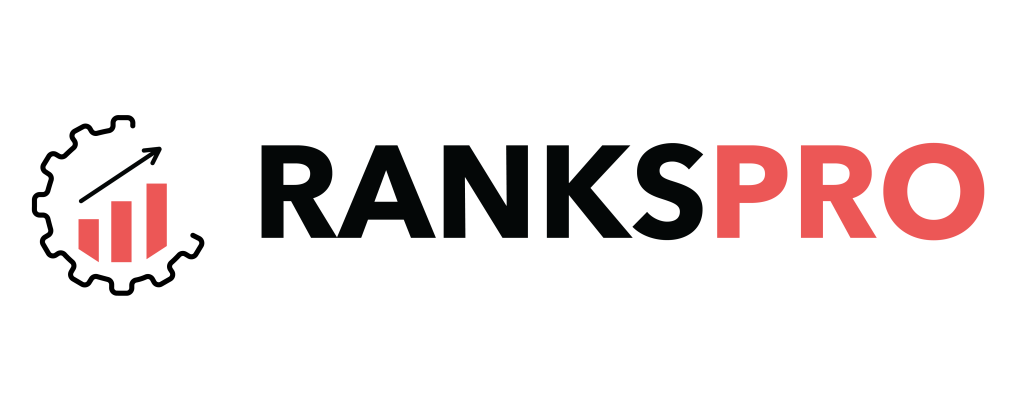To emerge victorious in today’s fast-moving digital world, it is very essential to rank high in SERPs for promoting more visitors to your website and business objectives. According to the studies, many clicks are concentrated on the five top search results, thus indicating that importance lies in how thoroughly you can optimize your website for search engines.
Knowing today’s rank and the trend of that rank enables one to identify opportunities for improvement and drive data-driven decisions in order to increase one’s own visibility and organic traffic to your website.
Here, we’re going to dive into what rankings mean and explore a few ways to track your position in Google Search.
What is Website Ranking?
Website ranking refers to a position on a specific search engine result page for a given keyword or search query. These rankings are determined by complex algorithms by the most popular search engines, such as Google, while considering relevance, quality, and user experience.
SERP ranking high gives you website traffic, and therefore contributes toward accomplishing the ultimate aim of any business.
According to several research studies, most of the clicks fall on top five search results, thus overplaying the need to optimize a website for search engines. Improve your ranking, attract more organic traffic, increase brand visibility, and generate leads and sales.
Importance of Checking Website Ranking
With the increasing competition in the online digital space, it is the most important thing to rank higher in SERPs so as to direct a good number of people to your website and help your business achieve its goals. You can track your website rankings strictly for:
1. Areas of improvement
Identify which pages are not ranking well and what the causes of that may be. Ensure that your website is technically good and that no errors can cause you to come below where you should be.
You then make the necessary adjustments in terms of adding the relevant content, improvements to structure, and readability.
2. Measure SEO effectiveness
You can track rankings over time to understand the effectiveness of your SEO strategies. Then analyze the trends in the rankings to know where you are gaining ground and where you are losing ground. Based on rank data, make appropriate choices and optimize your campaigns.

3. Keep ahead of competition
Compare your rankings to those of your competitors to discover how you can improve. Analyze the strategies used by your competitors as a measure of how to best differentiate yourself. Monitor the ranking of your competitors and always adopt adjustment plans in the strategies.
4. Local search optimization
If the business is location-based, then tracking your local search rankings will tell you if you will bring customers into your area. Optimize your Google My Business listing, which will help you raise your local visibility.
Ensure that your website is optimized for local search visibility by having your NAP-business name, address, and phone number-uniform and consistent throughout the web.
5. Understanding user behavior
Analyze the search queries which led users to your website to understand what they need and like. Determine the purpose of the search queries to tailor your content and messaging towards it. Ensure a good user experience through a simple, fast-to-load website containing valuable content.

6. Set and achieve goals
Determine the goals of your SEO efforts-to improve rankings for targeted key words or increase traffic from organic sources. Track your progress toward your goals and make the appropriate changes. Acknowledge and celebrate your successes to stay motivated and focused.
Top Website Ranking Factors
If your website is not ranking among the top search results, you need to optimize it according to the top ranking factors.
1. Content relevance and quality
Try to have very relevant content to the keywords you’re targeting to achieve your goals. Use keyword tools to get the most relevant phrases to your audience. Create quality, informative, and engaging content that provides value to your users.

This involves well-written original content free from grammatical and plagiarism errors. Optimize your content to read easily, so it doesn’t confuse readers, and is able to be easy to use and find one’s way around.
2. Backlink quality
The number and quality of backlinks pointing to your website from other reputable sources will impact rankings. Buy relevant backlinks from websites pertaining to your industry or niche. Note that a well-established website will contribute to higher quality backlinks in improving rankings.
3. Core web vitals
Your website should load fast as it is one of the most significant factors for user experience and search engine ranking. Your website should be responsive and interactive so that a user can easily navigate through it and engage with its content.
Optimizing core web vitals like layout shifts ensures your site should have no movement during loading and looks stable and neat during the whole loading process.
4. Mobile-friendliness
Ensure that your website supports varied screen sizes and devices, with a smooth mobile experience. Google prefers responsive websites, so mobilization should not miss a single item from your SEO strategy. Provide reasons to consider analyzing mobile-focused functionalities, including click-to-call or location-based services.

5. Responsive and adaptive design
Your site should be responsive; that means your website should flex as the screen size changes and adapt to resolution of different devices. It supports a consistently good user experience on every device.
Make it simple to use and ensure making calls to action should be intuitive on mobile devices. That is one of the ways through responsive design improves the loading time of your website on mobile devices and contributes to its ranking.
How to Check Website Ranking?
There are several ways to check website rankings, both manually and with tools. Let’s understand the process of every way.
1. Try RanksPro’s Rank Tracking
Rank tracking feature of RanksPro can provide in-depth insights on rankings on the targeted keywords regarding specific locations.

Users can easily setup the project, include targeted keywords for which they need to track rank and monitor website’s SERP positions.
Here are the features of RanksPro’s rank tracking tool:
- Simple project setup: RanksPro offers a simple interface through which you can easily create new projects in only a few minutes and start tracking on the different locations.
- Multiple location tracking: RanksPro tracks rankings across multiple locations, both locally and internationally or in any region across the globe.
- Desktop and mobile ranking: Analyze website rankings not just on desktop but also on mobile devices through this tool.
- Daily email update: Get daily email updates on the latest ranking data for your target keywords. Stay informed about your website’s performance and its trends or fluctuations in rankings.
- 150+ languages support: RanksPro supports tracking of over 150 languages, making it suitable for businesses that target audiences with a wide range of languages.
2. Use Google Search Console
Google Search Console is a great reporting tool that can monitor the performance of your website as well as track rankings for specific keywords. Here’s how you do it using Google Search Console to check your website’s rankings step by step:
- Sign in to Google Search Console: Sign up if you haven’t already for a Google Search Console account and add the property of your website to the tool.
- Performance report: In the left-hand menu, click “Performance”.
- View search queries: The search queries that have sent users to the website are listed underneath the “Performance” heading.
- Analyze keyword rankings: When you click on any one of the individual search queries on this list, you will see a page full of SEO performance metrics. You will see in the column “Average position” the average ranking of your site for that query.
This could also be analyzed even further through date range, country, device, and so on. In this respect, you can easily assess how your rankings go for different keywords, indicate trends and which aspects need improvement. Then, over time, you can track and see how the SEO efforts are affecting the visibility of your website.
3. Analyze website rankings manually
While using SEO tools certainly provides you with very accurate, automated ranking data, manually checking your rankings will give you information about the user experience and tells you where search engines are going.
Here are certain ways to check website rankings manually:
- Incognito mode: Open an incognito window in your browser so your results will not be influenced by your browser’s history or location.
- VPN (Virtual Private Network): If you need to view rankings from another geographical location, use a VPN.
- Analyze based on keywords: Enter your target keywords in Google Search, and observe the search results carefully
- Monitor SERP position: Analyze the website rankings in the SERP for every keyword relevant for your business.
- Check periodically: Make manual checks often to monitor the change over time in your ranking, and it’s also good to repeat the searches many times for flux in search results.
You should also check rankings from different devices and at various locations to give you a more well-rounded view of where you are. Manual checks take too much of your time, but they will help you access insights into the user journey and recognize areas of improvement.
Now that you have recognized effective ways to check website rankings, let’ understand the way to enhance the results.
How to Optimize Website Ranking?
Once you have assessed your present ranking of the website, it’s time for action and actualization of changes to your SEO. Here are some important tactics to consider.
1. High-quality content
Your content is relevant for your audience and pertains to their needs. You can produce valuable content, which is informative and engaging enough to keep users stuck on your website. You’ll utilize relevant keywords naturally within your content titles, headings, and body text.
2. Image optimization
Use descriptive alt texts for each of the images with respect to improving accessibility and search engine visibility. Compressing images reduces the time taken to load and is a positive impact in user experience. Use descriptive file names and place a real keyword to optimize images throughout the website.
3. Implement structured data
Another important feature is the use of structured data markup, enabling you to add rich snippets to SERPs.

Star ratings, product information, or event details will make your search results more appealing and clickable; besides that, it may help you to take a featured snippet position.
4. Optimize title tags and meta descriptions
Come up with catchy yet informative meta tags like titles and descriptions that describe the kind of content in a few words and include relevant keywords. Be concise with meta descriptions, but make it intriguing or persuasive enough to entice users to click on your search result.
5. Feature snippets optimization
Make your content directly answer the commonly typed queries. This increases your chances of ranking in the featured snippets. Ensure you make your content eligible for featured snippets by using structured data.
6. Internal linking
Internal linking helps navigate your website easily while also helping the search engine crawl your website properly. Using keywords as anchor text helps you rank for specific words. It also distributes link equity to your most important pages.
7. Create quality backlinks
Generate authoritative backlinks that are believed to boost the authority of your website and improve its rankings on search engines. Guest posts contribute on related websites, thus forming backlinks and increasing their visibility. Reach out to other websites in your industry to request for backlinks.
With these all together, you can do a lot for your rankings and bring in more organic traffic. Maintaining website on top SERP positions is crucial, not just for traffic and leads but also to enhance brand’s visibility and recognition.
Key Takeaways
After using the tactics above, you will begin to see improvement in your search engine rankings for your website. Remember that these rankings fluctuate with time due to various reasons, such as algorithm updates, shifts in competitors’ activities, and other users’ different actions.
In order to monitor and maintain your rankings successfully, you may want to use a rank tracking tool that is pretty reliable, such as RanksPro. This will help you to
- Track keyword rankings: Know how your website is performing for keywords over time across all search engines.
- Track ranking changes: Detect significant leaps or drops in rank so you can take quick action and eliminate issues.
- Compare Your performance: Determine how your website ranks compared to others so that you can find where it needs improvement.
- Detailed reports: You get timely alerts so you can set up the notices and receive an alert whenever your rankings change drastically.
You make data-driven decisions with rank tracking tools so you can drive the best optimization strategy for SEO to the website and all long-term success in search engine results.




